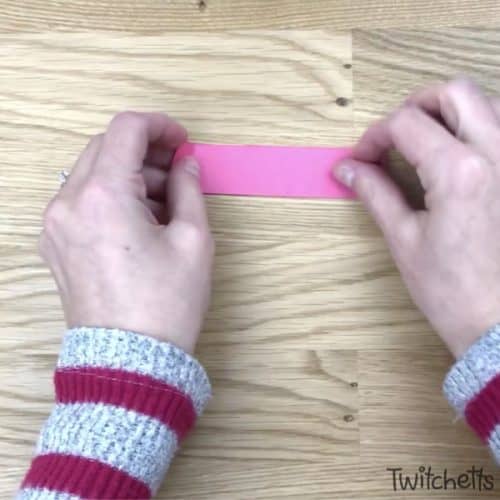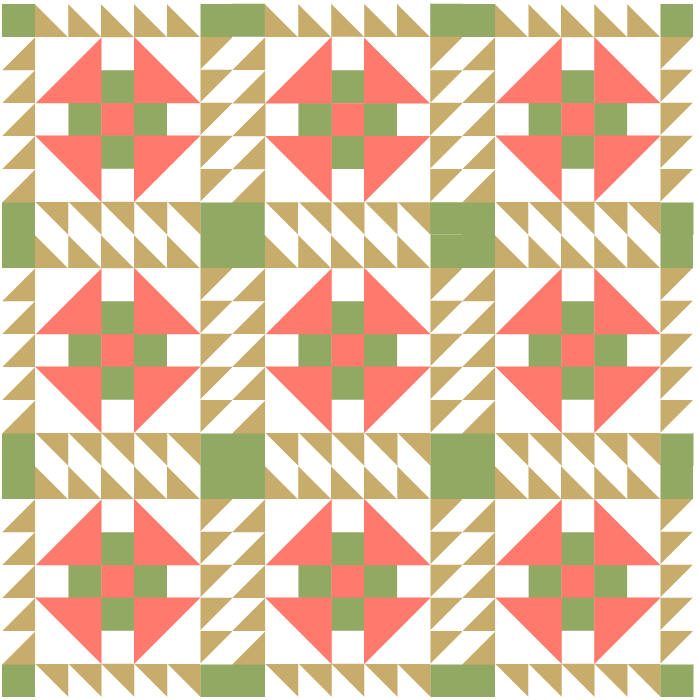

It is sure to bring a smile to your unicorn fan. Well, this is a fun little paper craft you can make and then use for dress up. Time goes by but there is one thing my little girl is still in love with… Unicorns. Your child will love wearing this paper crown while pretending to be a unicorn. These lines are used to represent the outlines of adjacent parts, extreme positions of movable parts in the assembly drawings, parts situated in front of the cutting planes, initial outlines prior to forming, centroidal lines etc.Create a fun unicorn crown using construction paper. These are thin lines with a long and two short dashes alternately and evenly placed in the proportion ranging from 6:1 to 4:1. Lines to indicate Outlines of Adjacent parts, Extreme positions of Movable Parts, Centroidal lines, Parts situated in front of the Cutting Planes, Initial outlines prior to forming. These lines are drawn to indicate surfaces, to receive additional treatment like anodizing, plating, etc. These are long thick lines with alternatively long and short dashes of proportion ranging from 6:1 to 4:1 and evenly spaced. Lines to indicate Surfaces which require Additional Treatment The corners where the section plane charges the direction are made thick for a short length.

etc, Type HĬutting Plane Lines are long lines, thickened ar ends and thin elsewhere, with alternately long and short dashes of proportion ranging from 4:1 to 6:1 and evenly spaced. These lines are also drawn to represent the lines of symmetry, trajectories, pitch circles. The centre lines are extended by a short distance beyond the outline. The proportion once selected should be maintained throughout the drawing. Type GĬentre lines, Lines of Symmetry, Trajectories, and Pitch CirclesĬentre lines, Lines of Symmetry, Trajectories, and Pitch Circles type of lines are long, thin, chain lines with alternately long and short dashes of proportion ranging from 6:1 to 4:1 and evenly spaced. Although THICK lines of Type-E are recommended for representing the hidden edges, THIN lines of Type-F are preferred. These lines are drawn to represent hidden or invisible edges of the objects. Hidden Lines (Thin) type lines consist of thin short dashes, closely and evenly spaced. Hidden Lined (Thick) type lines consist of thick short dashes, closely and evenly spaced. Type Dīreak Lines type lines are ruled, short, zig-zag thin lines drawn to represent the breaks. Limits or Boundaries of Partial or Interrupted Views type lines are drawn as continuous, thin, wavy, freehand lines to represent limits or boundaries of partial or interrupted views. Limits or Boundaries of Partial or Interrupted Views This type is also used to draw outlines of adjacent and revolved sections. The extension lines for dimensioning should run from the outlines without leaving a gap and extend beyond the dimension lines. Type Bĭimension, Projection, Leader, Hatching Linesĭimension, Projection, Leader, Hatching type lines must be drawn thin and continuous. Outline of Parts type lines represent the visible edges of the objects, hence should be outstanding in appearance and therefore, are drawn as bold i.e., thick continuous lines.


 0 kommentar(er)
0 kommentar(er)
